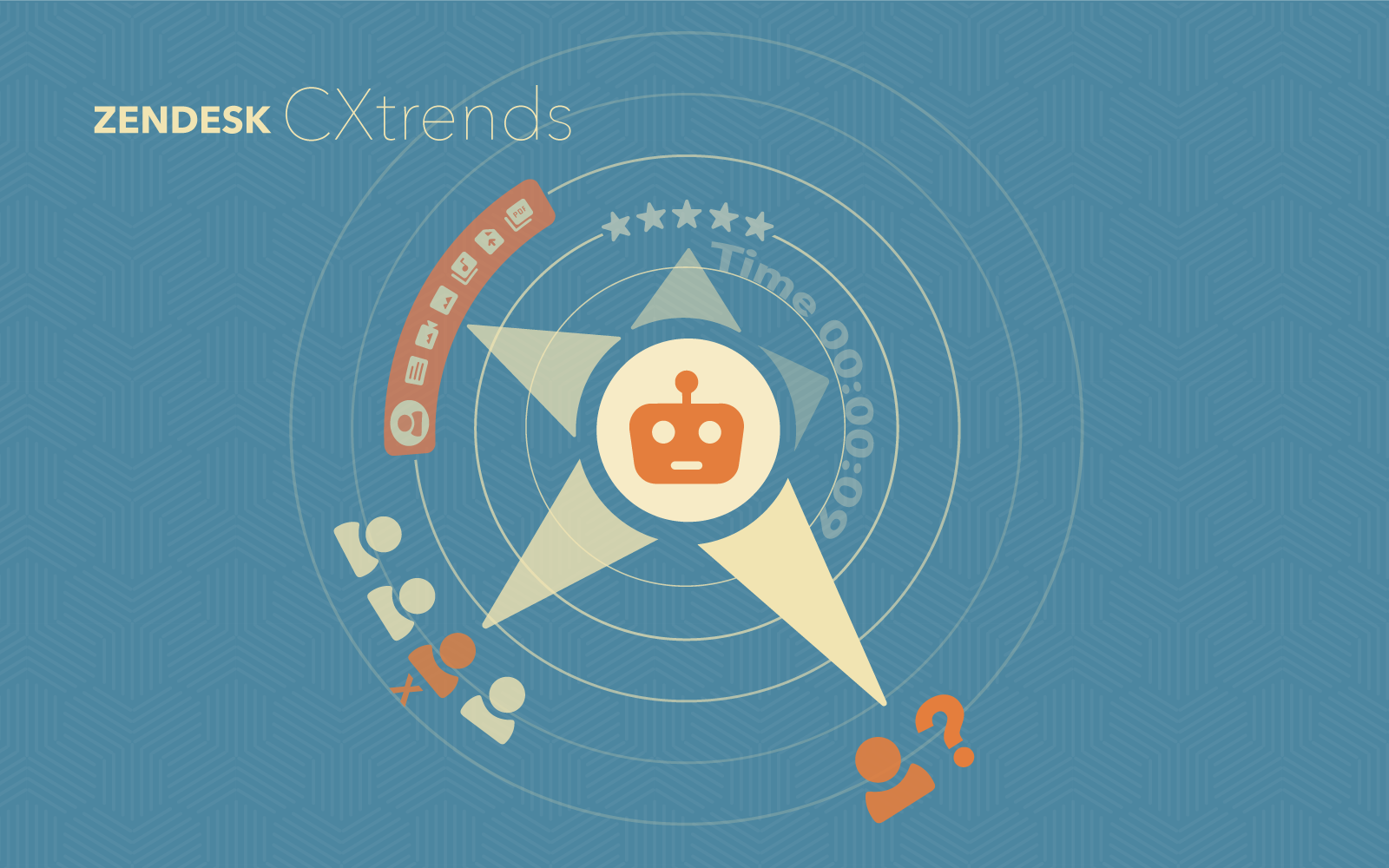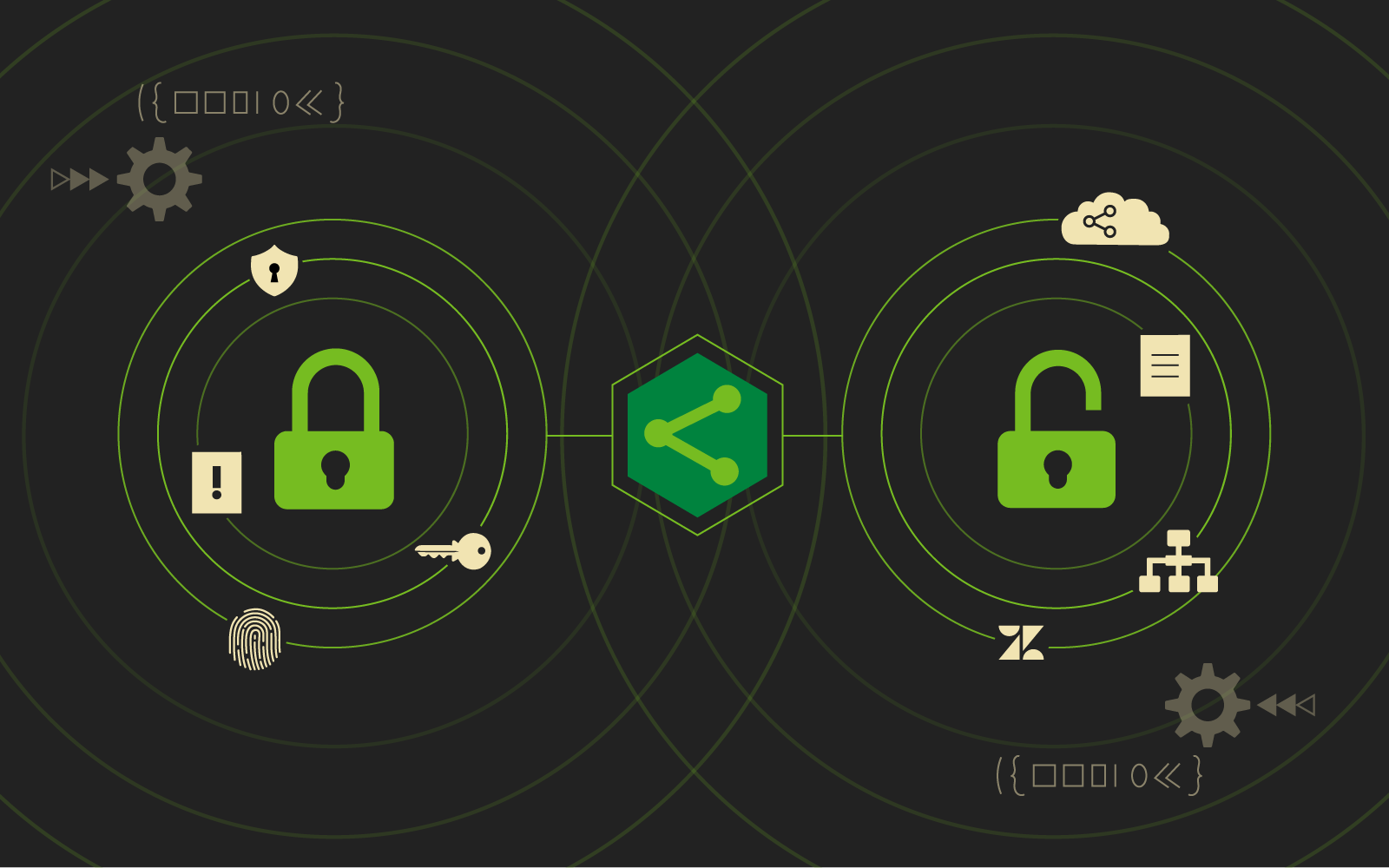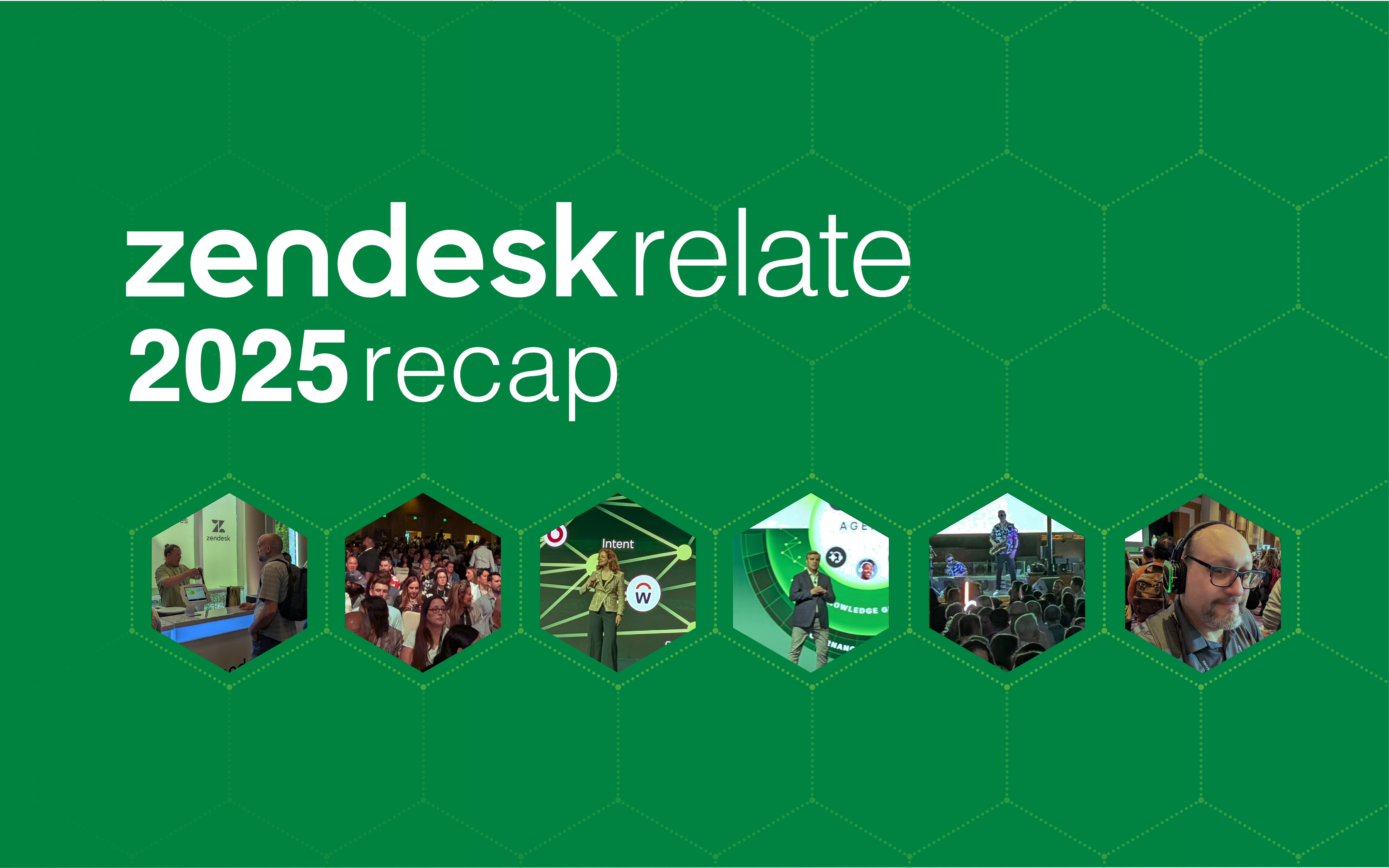What Are Pillar Pages?
A pillar page is a resource page that pulls together information, resources, and posts into a single and comprehensive location. Pillar pages are typically organized by topic and then further broken down into smaller subtopics.
Pillar pages don’t have to be boring or just a list of links. Use your business’ branding guide to make the pillar content page match the look and feel of your brand. A great example is HubSpot’s own pillar page on Instagram marketing. They have the topics as tabs across the top, which tie into their bright branding colors with the three orange ombre boxes with Instagram statistics.
Pillar Page Subject Matter
To get started with your first pillar page, you’ll need to determine what your primary subject matter is. We’ll use our fictional business of a boutique hotel in San Francisco and create a pillar page called “Planning your San Francisco Vacation.” We chose this as the pillar page subject matter because it’s a subject we have domain authority in, that we think will have sufficient topics and subtopics to link to, and we believe it is a subject that will prove genuinely useful to our hotel guests (and those who might be) in an authentic manner.
As always, it’s important to follow strong SEO strategies throughout the pillar page and each subpage. To practice strong SEO on the pillar page itself we’ll use our long-tail keyword “planning San Francisco Vacation” in the page title, the URL, and the H1 tag.
Pillar Page Topics
To start building out the page content we’ll first determine the primary topics. These primary topics should have enough variety and breadth of information to further breakdown into 6-8 subtopics in the next step. It’s important to choose topics that will help your SEO. Think about what topics you have domain authority in and what topics have a high search volume.
For our boutique hotel pillar page of “Planning Your San Francisco Vacation” we’ve come up with five topics to start with:
- Places to Eat in San Francisco
- Free Activities in San Francisco
- Children’s Activities in San Francisco
- Neighborhoods of San Francisco
- San Francisco Vacation Packing List
Pillar Page Subtopics
Now that we have our five topics it’s time to identify 6-8 subtopics for each one. These subtopics will link to the actual content. Subtopic content doesn’t have to be the same type of content each time. Within HubSpot, you can connect multiple content types:
- HubSpot blog post
- HubSpot landing page
- Hubspot website page
- A URL (to your own website, platform or blog)
- An external resource URL (be sure it’s a high quality source)
For our boutique hotel topic of “Places to Eat in San Francisco” we might come up with these six subtopics:
- Where to Get Coffee in San Francisco
- Find the Best Clam Chowder in San Francisco
- Unique Nightclubs and Bars in San Francisco
- Vegetarian Restaurants in San Francisco
- San Francisco Restaurants with Outdoor Seating
- Top Steakhouses of San Francisco
Writing and Connecting Content
After determining your pillar page subject matter, topics and subtopics it’s time for the real work of content creation to begin. While the overall number of subtopics might feel overwhelming at first, remember that you don’t have to write and publish everything all at once. Rome wasn’t built in a day, and neither is pillar content.
Here are a few tips to successful content creation:
- Be consistent with your writing and creation. Writing 10 blog posts in a day might feel overwhelming, but writing one blog post a day for 10 days might allow you a little more breathing room.
- Use batching to knock out multiple blog posts in one sitting. Even if these are just rough drafts, getting ahead of the writing game can give you a mental boost.
- Ask for help. You don’t have to create all of the content on your own. Is there another knowledge expert in your company who could help do some content creation? Share the burden of creating and writing to keep the flow of new content moving along at a steady and consistent pace.
- Do you have old content that connects with your topics and subject matter? If so, don’t throw away your hard work, but connect it on your pillar page. Try giving your old content an update and make sure it’s SEO is up to snuff before connecting it.
- Link judiciously. It might be tempting to take the fast route of linking only to external resources but use it with caution. Always make sure you’re linking to a reliable and authentic source. Choose links that are from trusted publications or authors, remembering that you’re connecting your brand to them when you link from your pillar content page.



